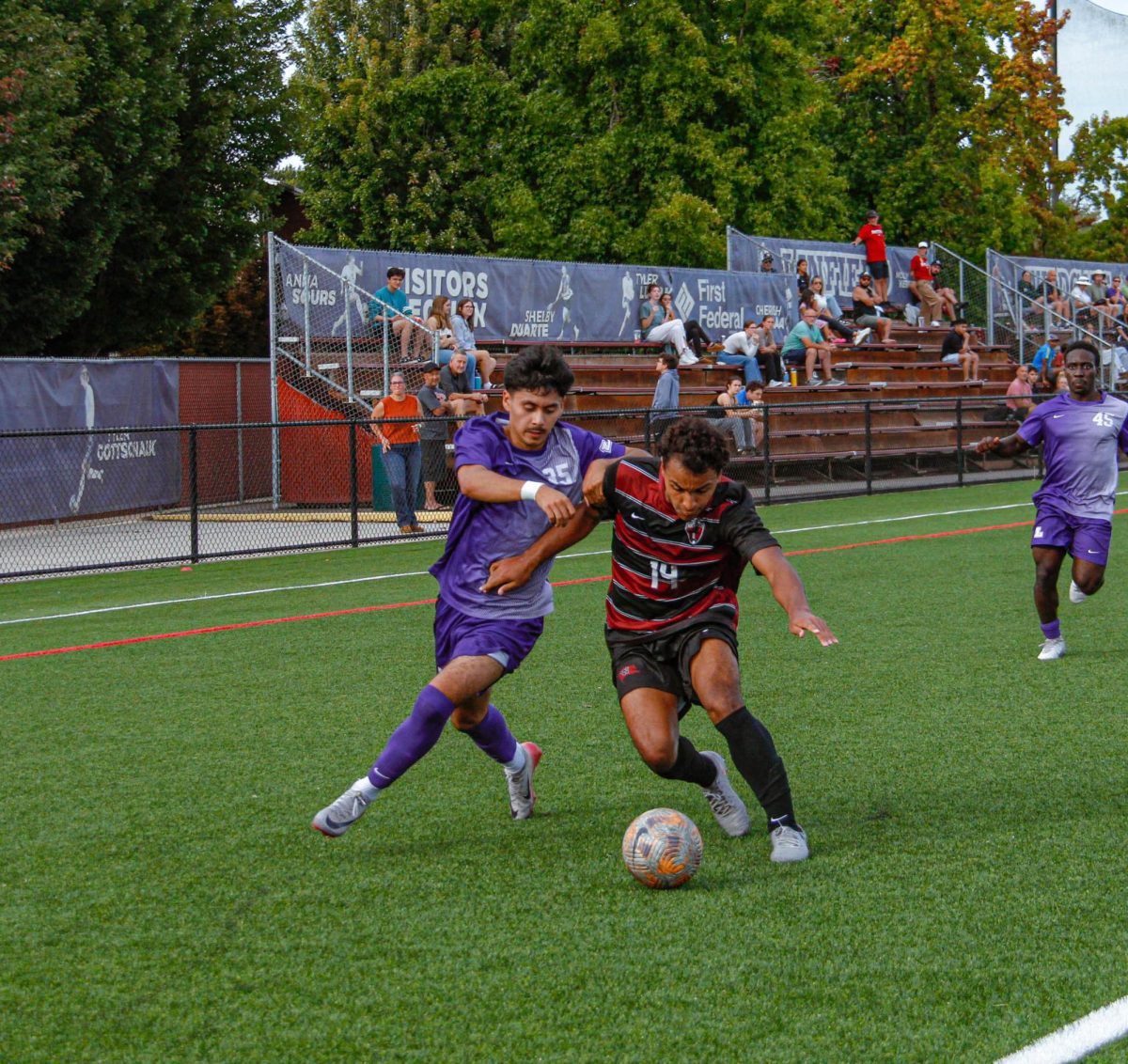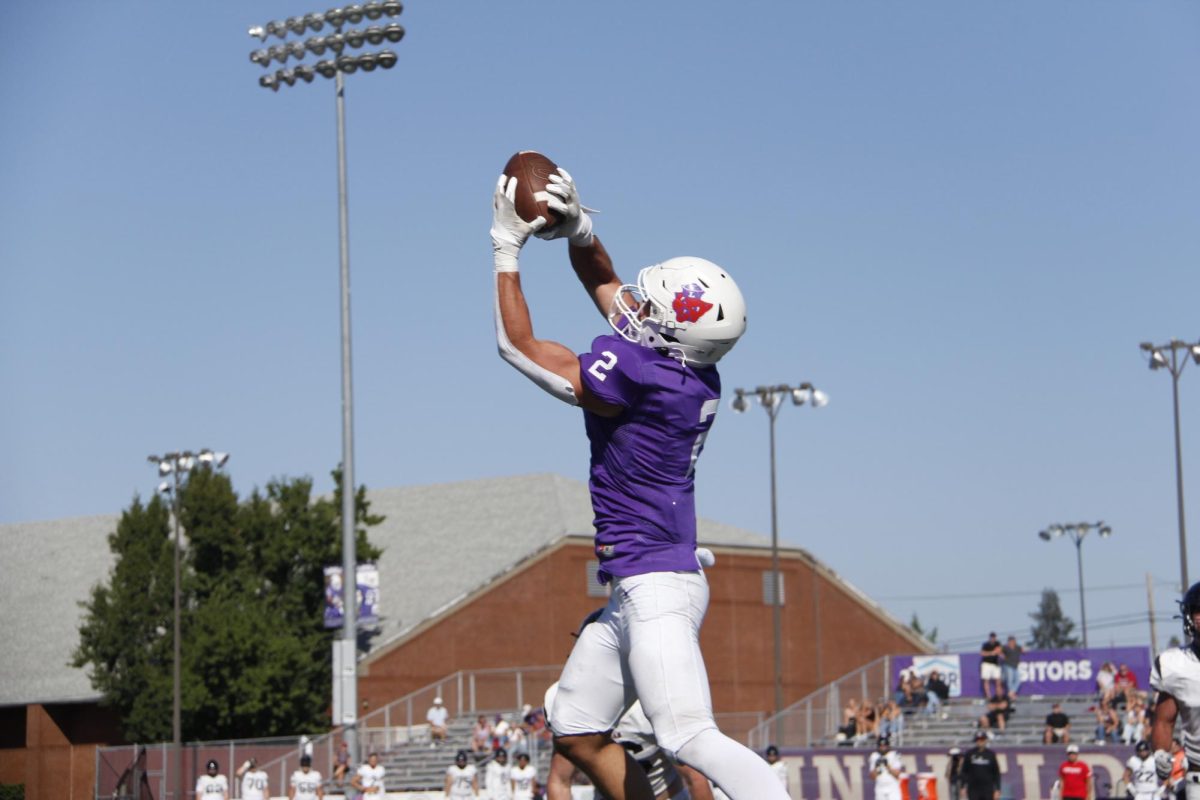I tried not to write this column. I really did. I sat on my couch and went in circles over it for an hour and a half before realizing that I’d be upset with myself if I didn’t speak my mind. I hinted at it two weeks ago in an article about the playoff bracket. Head football coach Joseph Smith has openly decried it. Analysts across the World Wide Web have scratched their heads. We’ve all come to the same conclusion:
This year’s D-III football bracket is broken and broken badly. Pundits have called this season’s playoff format a ‘Travel Bracket,’ in which teams from far out of region are grouped together, creating matchups between teams who have never before met on the turf.
The few supporters of the bracket say it facilitates ambassadorship between far-off schools in ways that aren’t possible in the regular season. But those supporters are few.
I can understand some of the benefits of building a ‘Travel Bracket,’ like getting to travel to a new region and facing East Coast programs with storied histories. But don’t be confused, folks: this is not a travel bracket. It’s a power protection bracket, no matter what the NCAA says to the contrary.
Perennial powers Mt. Union and University of Wisconsin-Whitewater have met in the NCAA D-III finals for the past six seasons, and their path to the Stagg Bowl has never been simpler than this season.
Consider their areas of the bracket, in which both received a No. 1 seed. The combined win-loss record of the teams in Union’s bracket is 70-9; Whitewater’s is 70-11. Those brackets feature, excluding the two top seeds, a paltry eight teams in the top 25 and only three in the Top 10.
That’s not a typo: half of the teams in Union’s and Whitewater’s brackets are unranked. They include such teams as 7-3 Benedictine and 6-4 Albion, who only made playoffs by virtue of winning conference titles in two of the nation’s softest regions.
For a perspective check, Linfield’s area of the bracket featured four teams in the Top 10, a combined win-loss record of 69-6 and features four of only eight schools to make the semifinals in D-III football during basically the last decade (Linfield, Wesley, Mary-Hardin Baylor and Trinity).
No team in the bracket has more than two losses and only one of them isn’t ranked in the Top 25. This bracket quadrant is disgustingly and blatantly loaded, to the point that No. 8 California
Lutheran didn’t even get a home playoff game despite finishing the regular season in the Top 10.
How can you call this anything but power protection? The NCAA is looking out for its two top contenders without even trying to conceal it. Beyond that, they’re making half of the playoffs
completely uninteresting by stuffing Union and Whitewater with cupcake teams en route to yet another Stagg Bowl matchup.
Top 10 teams get shafted, half of the bracket sucks and we get a seventh consecutive Union-Whitewater national championship; could this possibly get any worse?
Believe me when I say that this column isn’t a justification for the 49-34 drubbing the ’Cats suffered in Dover, Del.; that game was a winnable one against a talented Wesley team that Linfield just couldn’t close out. This column is frustration that even in Division-III football, where values, ethics and the love of the game trump scholarships, NFL scouts and Heisman trophies. Corruption runs deep.
I hope the NCAA listens to the chorus of ‘boos’ it’s receiving from the D-III community and gets its head on straight next season by creating a more equitable bracket. If Mt. Union and UW-Whitewater are so damn good they can prove it on the field against tougher competition, just like everybody else.
______________________________________________________________________
Chris Forrer/Sports columnist
Chris Forrer can be reached at [email protected].






